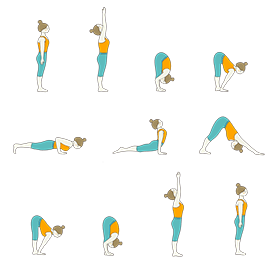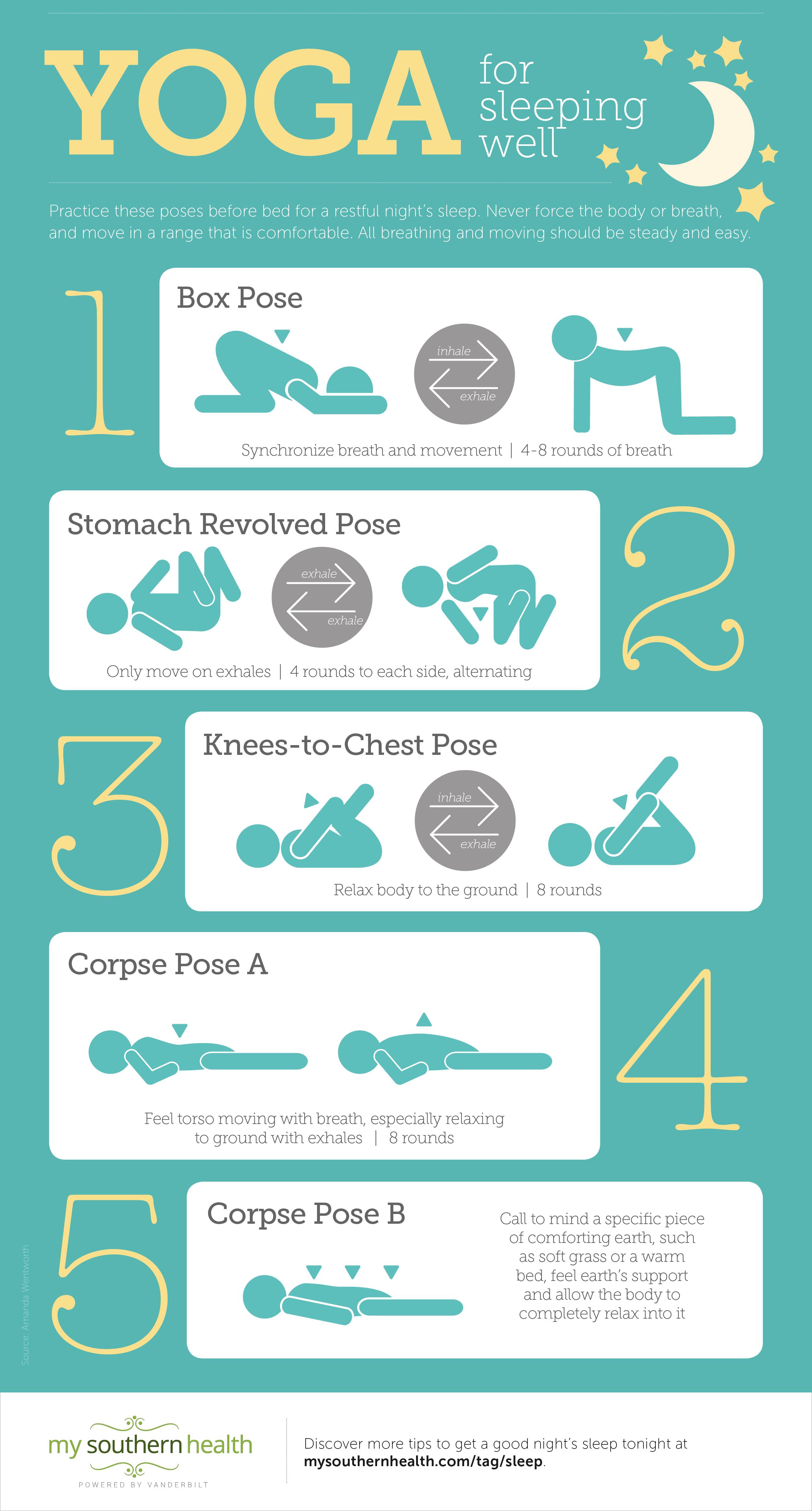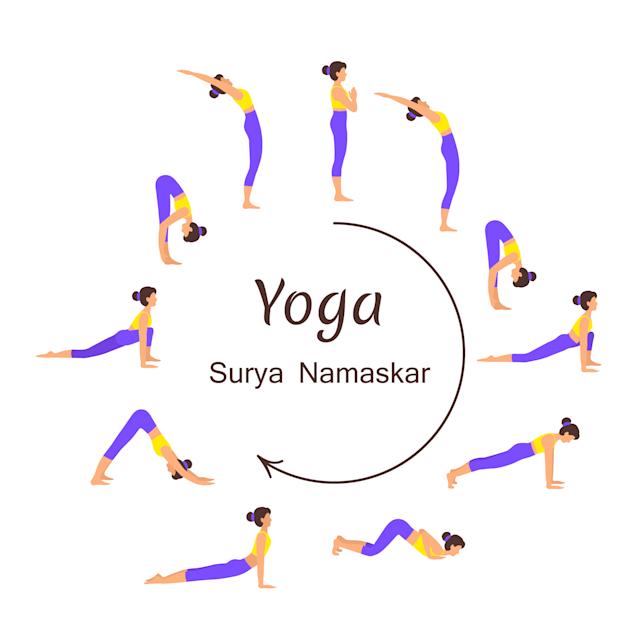
Yoga is an excellent way to increase your flexibility. It can reduce stiffness and pain in the joints. It's common to feel restricted if you're just starting the practice. This can lead to poor posture, straining the knee joint, and worsening of your posture. This can also lead to a decrease in levels of serotonin and dopamine, neurotransmitters that help improve mood and reduce stress.
Yoga can help with chronic low back pain. One study showed this. This condition is the most common in veterans. It can greatly impact one's quality-of-life. After a 12-week yoga program, participants reported lower levels of disability and intensity. Participants also reported a decrease in opioid use, which is important for those with chronic low back pain. The benefits of yoga have been extensively documented.
A number of yoga exercises can help reduce stress. These yoga exercises can improve your overall health, as well as increasing lymph flow. During practice, you'll increase the lymph drainage system, which is a vital part of the body. The lymphatic systems is responsible for fighting infection, eliminating cancer cells, and disposing toxic waste products. Yoga can improve your sleep by reducing stress levels.

Stress can lead to constipation. Yoga is a great way to reduce it. It can also help reduce suffering which can be a big benefit. In turn, stress can also contribute to bowel problems. Yoga can help reduce constipation. Yoga can help you become more present in your thoughts, which will improve your ability to focus, learn and retain information.
Research has also shown that yoga may improve your heart health. Yoga has been shown to increase hemoglobin. This protein carries oxygen from the tissues. This is another beneficial effect of yoga. In addition to improving your heart health, it can also reduce the risk of cardiovascular disease and strokes. It has been shown to increase muscle strength and flexibility in the hands and feet. It is also known to increase balance, which can be important for many reasons.
Yoga can also have benefits for the spinal disks. The spinal disks between the vertebrae are crucial in preventing herniated discs and compressing nerves. The discs of the spine are mobile by moving these discs. For spinal health, it is essential that you practice a variety yoga poses. This pose allows you to increase flexibility.
Yoga is well-known for its healing properties. It can help you fight anxiety and depression. Researchers found that yoga practice twice per week resulted in lower stress levels and better cardiovascular function. This makes them less susceptible to heart disease. This is a minor benefit but it is one of the most important. You feel better about yourself and your body.

Yoga, like other types of exercise can also improve the heart. This is because yoga helps to pump blood throughout the entire body. This means that it helps to improve the overall health of the heart. This can help lower your risk of getting heart disease. Yoga can improve your cardiovascular fitness and help you to reduce the risk of developing heart diseases. This exercise is not something you should avoid.
Yoga can improve your physical health and reduce your risk of developing heart disease. It can slow down the progression and severity of cardiovascular disease by decreasing levels of cholesterol, as well as other inflammatory compounds. It has even been shown to reverse DNA reactions and lower cortisol. It can prevent heart attacks and migraines as well as osteoporosis. It is great for mental health because it can help you deal with stress and improve concentration.
FAQ
What is the best way to train?
It all depends on what you're looking for. To build muscle mass, you should first lift heavy weights. Then, move on to cardio. For those who want to lose weight or exercise, you can switch from cardio to strength-training.
Cardio can be done if you want to just lose fat. After that, you can add strength training.
If you are looking for muscle mass, cardio should be your last option. Cardio stimulates growth hormones and helps build muscle mass.
Also, eat before you workout. This will fuel your muscles, making them work harder. Plus, it makes you feel better during your workout.
What foods should I avoid when trying lose weight?
Avoid foods that contain trans fats. Trans fats can increase LDL (the negative) cholesterol levels and decrease HDL (the positive) cholesterol.
Trans fats may be found in deep-fried, fast food, packaged bake goods, snack cakes, or other processed food.
These unhealthy fats also cause inflammation, leading to heart disease and diabetes.
Avoid foods that are sweetened with artificial sweeteners. Artificial sweeteners may increase your chance of getting cancer.
These chemicals can be found in soft drinks, chewing gum, and candy bars. They can also be found in other foods like meat, poultry, and eggs.
Artificial sweeteners include saccharin, cyclamate, sorbitol, aspartame, acesulfame-K, and sucralose.
The American Heart Association suggests that you avoid these chemicals as they can cause DNA damage in your cells.
How many calories do I need to eat each day?
It varies from one person to another. On average, between 2000 and 2500 calories a day. Based on your age, gender, height and activity level, you will need to calculate how many calories you require.
Do I have to exercise every single day?
No! You should do at least 30 mins of moderate-intensity activity 5 days per week. That means walking fast enough to be slightly out of breath or biking hard enough to sweat.
Statistics
- According to the American Heart Association, blood pressure should be checked at least once every two years, beginning at age 20. (my.clevelandclinic.org)
- According to the American Academy of Dermatology (AAD), men over 50 are at a heightened risk of developing it. (healthline.com)
- Are You One of the 20% of Guys (mh.co.za)
- The PRS enabled risk stratification for overall prostate cancer and lethal disease with a four-fold difference between men in the highest and lowest quartiles (HR, 4.32; 95% confidence interval [CI], 3.16-5.89). (pubmed.ncbi.nlm.nih.gov)
- Get free shipping and 25% off today. (healthline.com)
External Links
How To
What should I have before I go to the gym?
To lose weight, you need to eat fewer calories than you burn during exercise. All your nutrients must be consumed.
This includes protein and carbohydrates as well as fats, vitamins, and minerals.
The best way to do this is by eating smaller meals throughout the day rather than three large ones.
You may not be as effective if there is too much hunger during your workouts.
You could try drinking water instead of energy drinks which contain caffeine and sugar. This keeps you hydrated and energized.
However, make sure you are consuming enough fluids. You could lose electrolytes if you drink too much water.
For proper functioning of your body, electrolytes are necessary.
You could also drink sports drinks if water is scarce. They contain sodium, potassium, calcium, magnesium, and other minerals.
This help replenishes lost electrolytes. They won't be able to replace the electrolytes you have lost through sweating.
You could also consider taking a multivitamin tablet if you are concerned that you might lose too much salt from exercising.
These products contain more vitamin B6, which regulates the level of sodium in the body.
However, you shouldn't rely on supplements if you don't know how much salt you're getting from food and beverages.
They are not regulated by Food and Drug Administration (FDA).
For example, some brands of sports drinks can contain more sodium than others.
Some sports drinks could even contain artificial sweeteners. These can cause problems with the digestive system.
If you are concerned about over-salting, you can use sea salt.
It contains fewer chemicals that table salt.
Sea salt has a low level of iodine. It is an additional mineral required for healthy thyroid function.